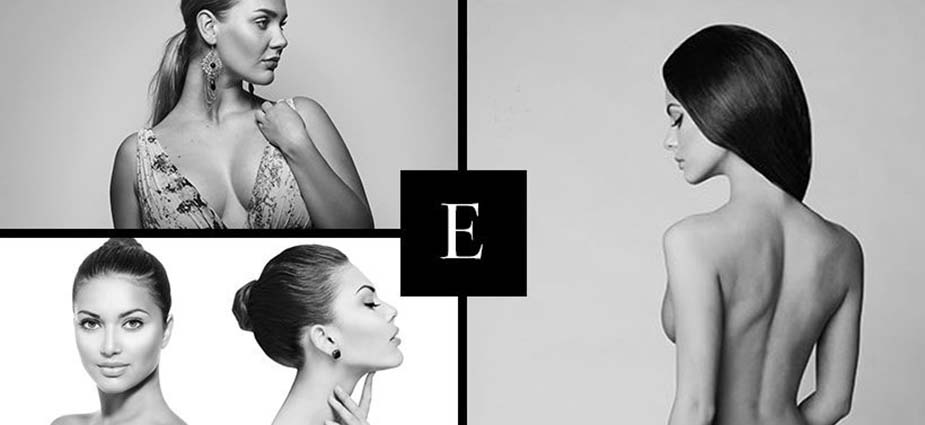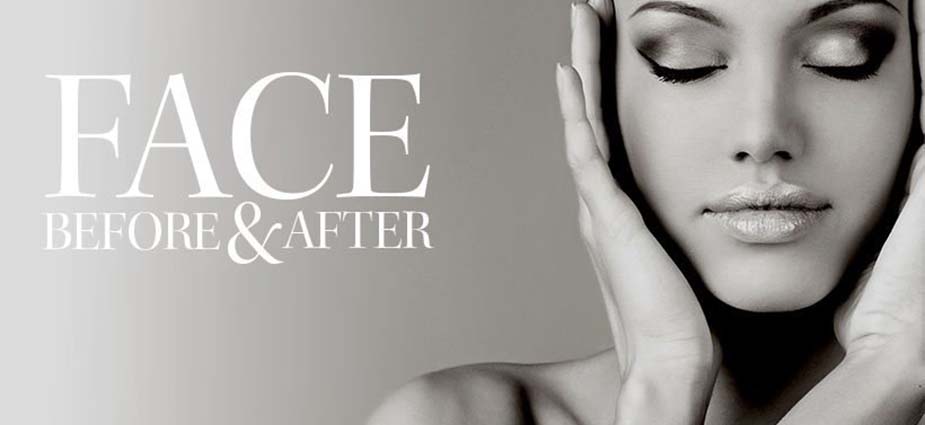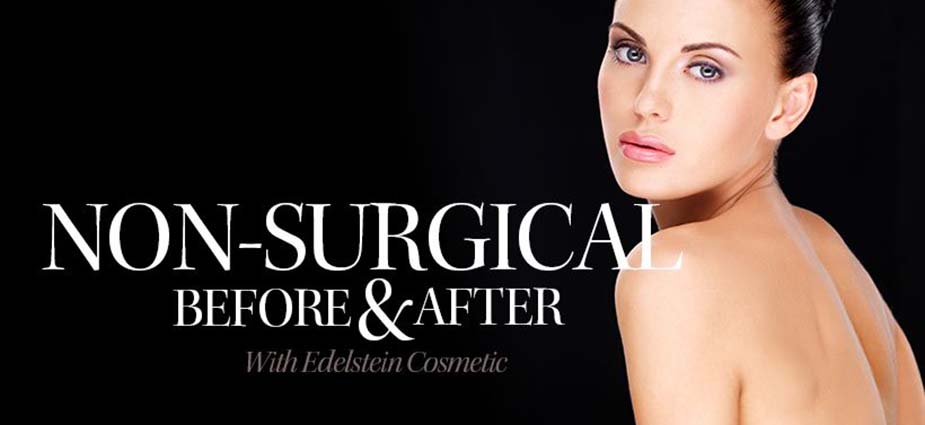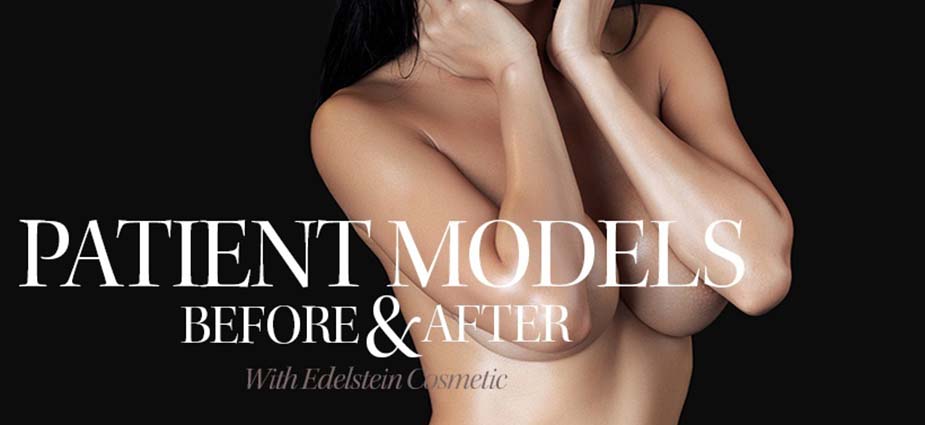BOTOX® is used to treat wrinkles and lines created by the movement of muscles under the skin over long periods of time. It is most commonly used for wrinkles between the eyebrows created by frowning, the lines on the forehead due to repeatedly raising the eyebrows, and the wrinkles beside the eyes, often called crow’s feet, which are caused by smiling or squinting.
Is there any danger of botulism from Botox®?
What is Botox®?Botox® is a substance produced by a bacterium called Clostridium Botulinum. The drug works by weakening the muscles that cause wrinkles. After injection, the muscle gradually relaxes, and the lines diminish substantially or completely disappear.How is Botox® injected?The treatment takes only a few minutes. A very tiny needle is used to inject the appropriate muscles. There is minimal discomfort from this procedure, and pain medication is not necessary.Where can Botox® be used?As was mentioned in the Introduction, the most common areas are the frown lines, forehead lines, and crow’s feet. Other areas include the upper lip and neck.Is there any danger of botulism from Botox®?No. The amounts of Botox® used for wrinkle treatment will not cause botulism.How long will it last?Botox® usually takes 2 or 3 days to start to work, and will continue to improve over the first 7 to 10 days. The improvement will last up to 6 months. Once the effect starts to wear off, you will need a repeat treatment to continue the anti-wrinkle result. Some find that the effects last longer after having multiple treatments, even up to a year.
Dr. Andrea Herschorn talks about when to schedule your treatment before a big event so that you have enough time to recover and allow the optimal results to appear.What are the side effects?The side effects are generally related to the injection of the solution. There may be a slight discomfort from the needle, and a chance of a small bruise. A rare side effect is temporary drooping of one eyelid. This is short lived and is quite uncommon in the hands of an experienced injector. Eyelid droop may also be corrected with a prescription eye drop (Iopidine 0.5%) that you can get from a physician. This can help alleviate the droop within a few weeks to a month.Who should not have Botox®?Botox® should not be used on patients who are pregnant, breast-feeding, or have a neurological disorder.



























